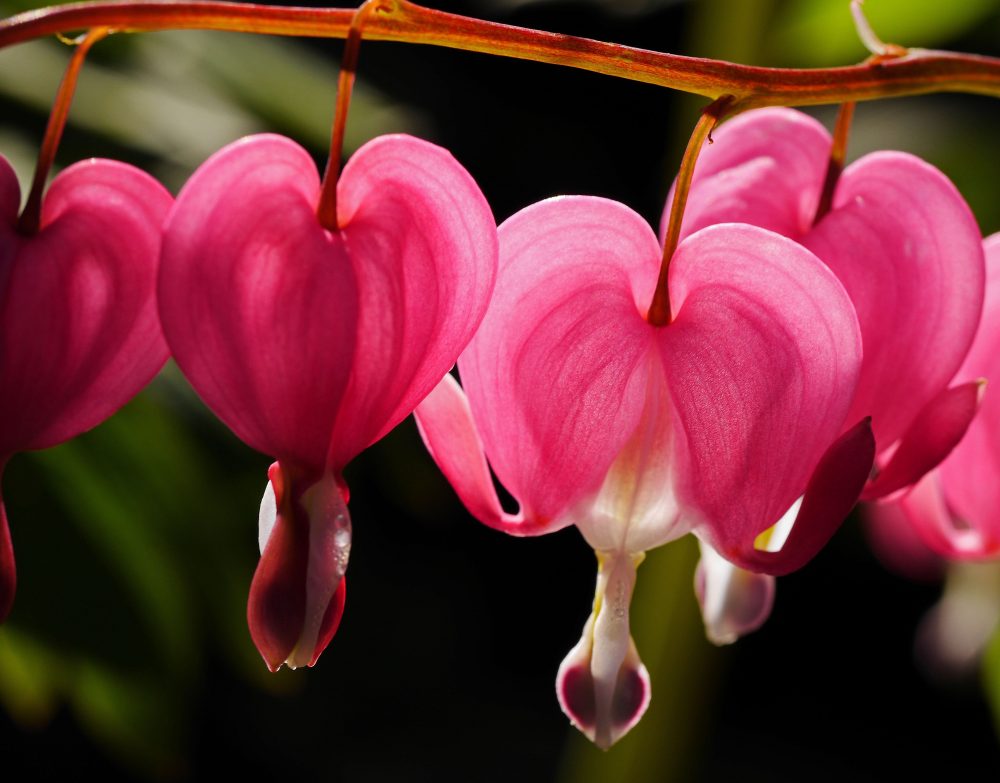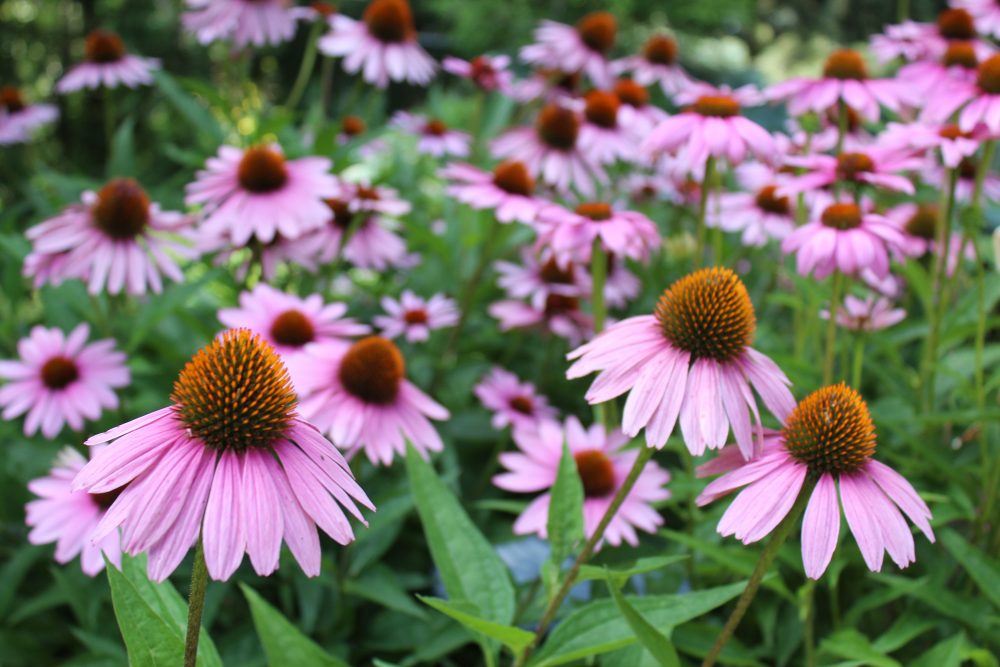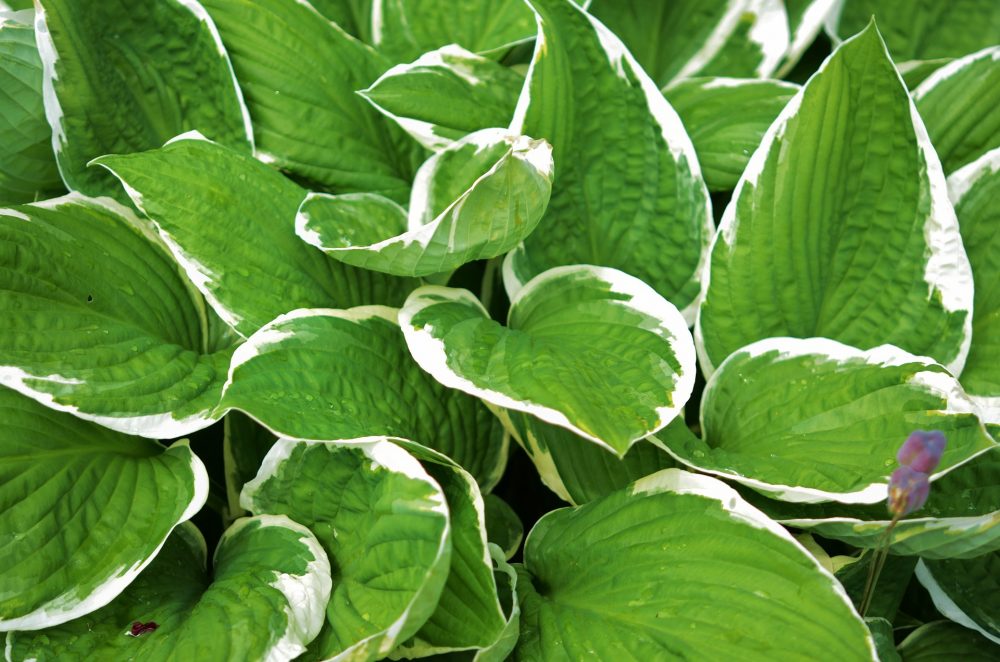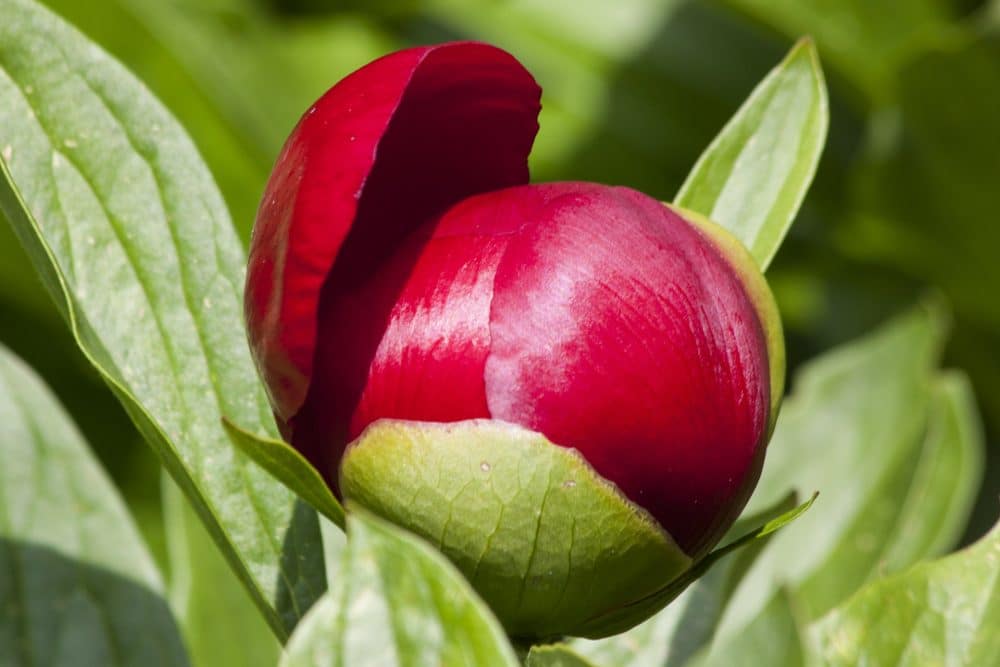Delphinium
To control weeds and retain moisture, apply a thin layer of compost each spring, followed by a 2 inch layer of mulch. These plants need watering during the summer if rainfall is less than 1 inch per week. The soil should never dry out. To keep plants strong and to keep hollow stalks from snapping in the wind, hold up tall varieties with stakes. Deadhead after flowering to encourage another bloom. After the first killing frost, cut stems back so that they’re 1 to 2 inches above the soil line. These plants need to be divided every 3 to 4 years in the spring.
Dianthus
To control weeds and retain moisture, apply a thin layer of compost each spring, followed by a 2 inch layer of mulch. To encourage bushiness, pinch young shoots back. These plants need watering during the summer if rainfall is less than 1 inch per week. Tall varieties can be kept upright with a stake. Remove spent blooms on tall varieties. To encourage re-blooming, shear back mounding plants after blooming. After the first killing frost, cut stems back so that they’re 1 to 2 inches above the soil line. These plants need to be divided every 3 or 4 years in the spring.
Foxglove
o control weeds and retain moisture, apply a thin layer of compost each spring, followed by a 2 inch layer of mulch. These plants need watering during the summer if rainfall is less than 1 inch per week. Tall varieties can be kept upright with a stake. After flowering, remove the central flower spike to encourage the other side shoots to form and produce more flowers. Leave the flower spike intact on the plant if you want it to self-sow and multiply. By leaving the spike intact, seeds are able to mature and disperse.
Geranium
To control weeds and retain moisture, apply a thin layer of compost each spring, followed by a 2 inch layer of mulch. These plants need watering during the summer if rainfall is less than 1 inch per week. To stimulate new growth and re-blooming, cut back the plant after it flowers. These plants need to be divided every 3 to 4 years in the spring.




